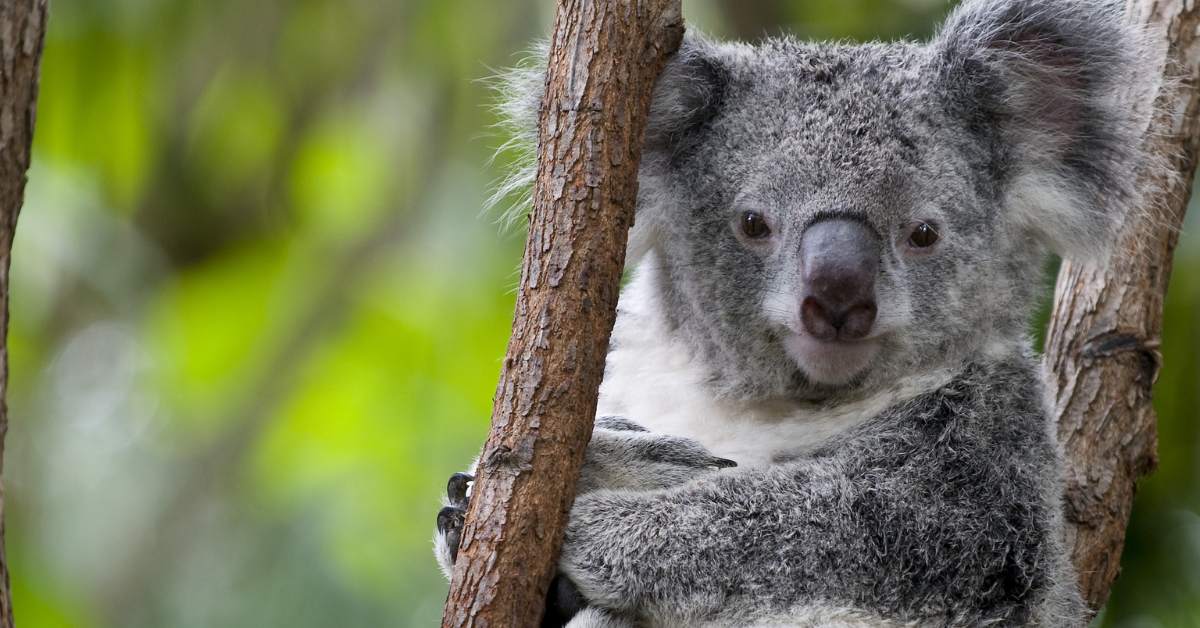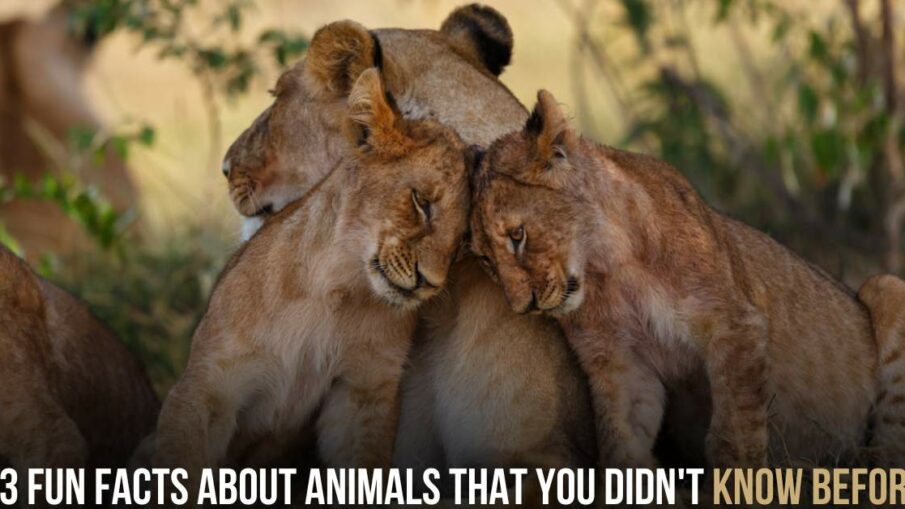Animals, the diverse inhabitants of our planet, never cease to amaze us with their unique characteristics and behaviors. Amidst the semblance they might display in the wild, each species harbors distinctive traits that captivate our curiosity.
These distinctions extend to their habits, diets, traits, and actions, often leading to the classification of sub-species based on their evolution across different regions. Witnessing these marvels through documentaries and dedicated shows is an enlightening experience.
For those seeking a dose of captivating animal facts, you’re in for a treat. Delve into our curated collection of fascinating insights about various creatures. This compilation will not only entertain but also enlighten you, while a sprinkling of additional insights will add depth to your understanding.
1. Koalas’ Unique Fingerprints: Embracing Uniqueness

Koalas, renowned for their affinity to eucalyptus, emerge as Australia’s beloved marsupials. Contrary to popular belief, koalas are not bears, but they do share a captivating trait with humans – fingerprints. These distinct patterns on their palms and fingers aid in gripping tree branches, an adaptation for efficient foraging and movement.
2. Platypus’ Venomous Surprise: A Quirky Defense Mechanism
Inhabiting the waters of eastern Australia, the platypus boasts a composite appearance resembling a duck and a beaver. Beyond its peculiar exterior lies an intriguing defense mechanism. When provoked, it can eject venom from spurs on its hind feet, making it one of the few venomous mammals on Earth.
3. Sloths: Aquatic Olympians
Known for their leisurely pace on land, sloths astonish with their aquatic prowess. While they may move sluggishly on terra firma due to their low metabolism, they transform into agile swimmers in the water, capable of reaching speeds four times faster than their land-bound counterparts. This remarkable adaptation is a survival strategy.
4. Elephants’ No-Jump Zone: Grace Amidst Immensity
Elephants, majestic giants, hold numerous remarkable qualities, but jumping is not one of them. Their anatomical structure, featuring weak lower-leg muscles and stiff ankles, renders them unable to jump. This intriguing limitation serves as a testament to their uniqueness.
5. Great White Shark’s Oxygen Strategy: Perpetual Motion for Survival
The iconic great white shark, immortalized in pop culture, thrives with a unique survival strategy. Unlike most creatures, these apex predators must maintain constant movement to breathe efficiently. This is achieved by swimming with their mouths open, ensuring a consistent flow of oxygen to their gills.
6. Narwhals’ Enigmatic Tusk: A Tooth of Distinction
Hailing from the Arctic Circle, narwhals sport an enigmatic tusk that evokes the image of a sea unicorn. Remarkably, this “tusk” is actually a protruding tooth, which plays a pivotal role in attracting mates and distinguishing this Arctic dweller.
7. Whales’ Half-Brain Rest: Navigating the Dream World
Blue whales, Earth’s largest mammals, present a captivating paradox. To rest, they engage in a phenomenon called unihemispheric slow-wave sleep, where they effectively put half of their brain to sleep while remaining awake enough to surface for air and detect danger. This adaptation underscores their unique survival mechanisms.
8. Kangaroos’ Forward Momentum: Symbolizing Progress
Australia’s iconic marsupials, kangaroos, are known for their powerful hopping abilities. Intriguingly, they cannot walk backward due to their unique skeletal structure. This characteristic is symbolically woven into the nation’s Coat of Arms, representing an unyielding commitment to progress.
9. Sea Otters’ Love Connection: Handholding at Rest
Sea otters, and aquatic denizens, reveal a heartwarming habit during rest. To prevent drifting apart in the ocean currents, they hold hands while sleeping. This gesture exemplifies their social nature and their need for connection in their watery habitat.
10. Hyenas’ Feline Kinship: A Surprising Lineage
Although often compared to canines, hyenas share a more significant genetic affinity with felines. While their appearance might suggest otherwise, hyenas’ biological classification places them closer to the cat family, Felidae, within the suborder Feliformia.
11. Bearded Dragons’ Friendly Gestures: Communication in Scales
The bearded dragon, with its reptilian allure, defies expectations by exhibiting friendly behaviors. These lizards wave their arms, akin to human gestures, to seek attention or establish communication. This unexpected display adds depth to their intriguing nature.
12. Butterflies’ Unique Tasting Method: Feet as Gastronomes
Butterflies, renowned for their vibrant beauty, possess a secret tasting technique. While they ingest nectar through their proboscis, they actually taste with their feet. This tactile exploration enables them to discern optimal locations for egg-laying and sustenance.
13. Rabbits’ Ears: Silent Thermoregulators
Rabbits, agile creatures with signature ears, employ an innovative method to regulate their body temperature. Unable to sweat, they dissipate heat through their large ears, ensuring their survival during scorching conditions. This adaptation showcases their resilience in diverse environments.


Leave a Reply